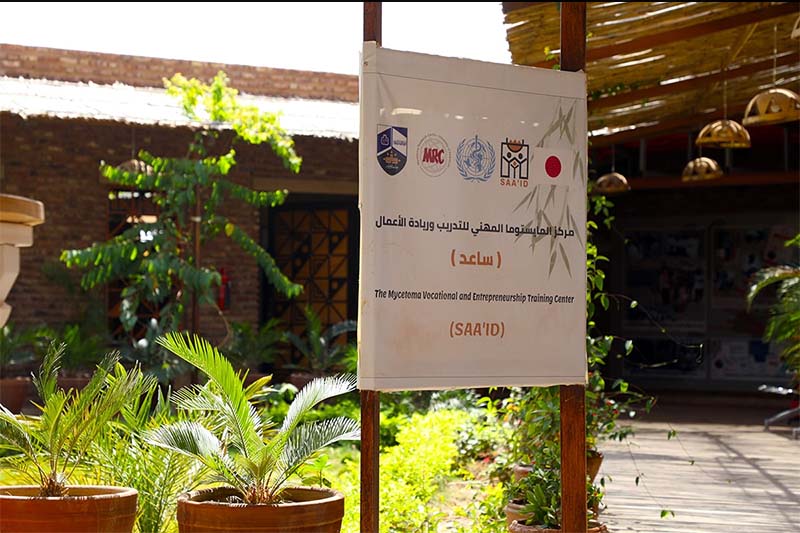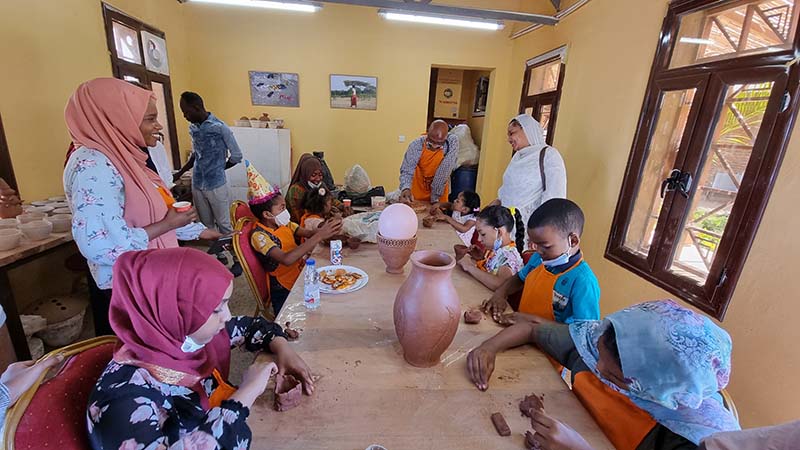SAAI’D Centre
The Mycetoma Vocational and Entrepreneurship Training Centre

What Is It SAA’ID ?
SAA’ID serves as a hub for vocational training, business development, and entertainment, located at the Mycetoma Research Centre, University of Khartoum, Khartoum, Sudan. Its primary goal is to establish a supportive environment for mycetoma amputees and individuals with disabilities, fostering their learning and development of income-generating skills. The aim is to enable them to showcase and enhance their talents, ultimately preparing them to embark on a new journey marked by productivity, self-reliance, and confidence. SAA’ID offers diverse vocational training programs, including Sudanese handcraft and leather industry, artisanal work, painting, graphics, woodwork, and more. Additionally, it provides training on business development skills, empowering participants to become proficient entrepreneurs and capable of establishing their own small enterprises.
Why Mycetoma?

Mycetoma enjoys all the characteristics of neglected tropical diseases (NTDs). It eats the flesh in the affected area and extends its impact to the bone, causing severe harm to patients, their families, communities, and the healthcare system in endemic regions.
This disease disproportionately affects the most economically disadvantaged individuals in impoverished communities located in remote areas. The affected population typically experiences low socioeconomic status, limited visibility, and a lack of political and social influence, rendering them neglected.
Mycetoma is accompanied by social stigma, particularly among females and children. Consequently, individuals often conceal the condition for an extended period. When compelled to seek medical care, the disease has usually progressed to an advanced stage.

Patients with mycetoma face obstacles due to their low socioeconomic status and limited health education, hindering them from seeking timely medical care. In the remote areas where mycetoma is endemic, healthcare facilities are scarce, making it challenging for patients to reach regional health centers. Consequently, patients often present with advanced disease and disabilities.
Treatment options for mycetoma are limited, and patients endure the disease for years. The condition is challenging to cure, with amputation or aggressive surgical removal of infected parts being the ultimate solution, leading to long-term disabilities, deformities, and social stigma.
Vision & Objectives
Vision:
To foster equality and empower individuals affected by Mycetoma, and to eradicate the social stigma associated with them.
Objectives:
- Enhance the skills and productive capacity of mycetoma amputees and disabled patients in various relevant fields.
- Empower these individuals in entrepreneurship, facilitating their transition from the informal to formal sector and progression from microenterprises to small and eventually medium-sized enterprises.
- Alleviate poverty among affected patients and their families, with a specific focus on youth and women.
- Mitigate social stigma surrounding mycetoma patients and promote their integration into society.
- Generate funds to support individuals affected by Mycetoma.
- Educate the Sudanese public on Mycetoma disease and preventive measures.
- Increase awareness and visibility of Sudanese cultural and social heritage both nationally and internationally.
- Implement training programs to achieve these goals.
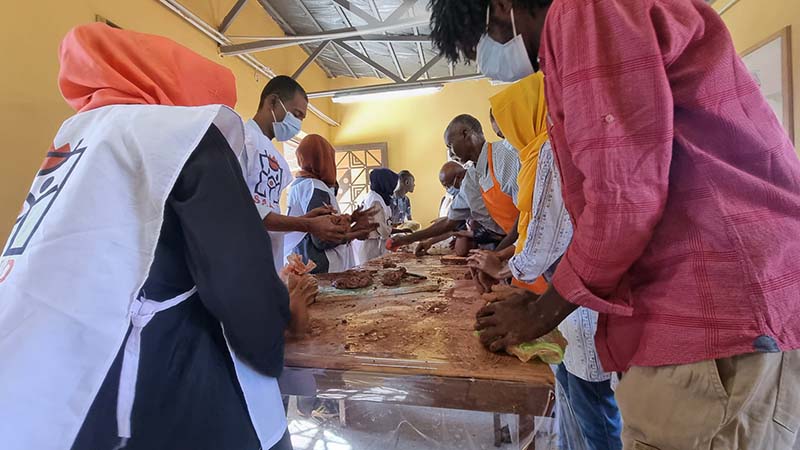
Training Programmes
Vocational Training Programme:
- Sudanese traditional handcraft
- Leather industry
- Fine Art
- Pottery
- Painting
- Graphics
- Woodwork
- Farming & gardening
- Traditional Carpentry
- Traditional/medicinal plant gardening
- Metalworking
- Bookbinding Craft
- Other
Professional Entrepreneurship Programme
- Micro, small and medium scale enterprise development
- Business plan
- Professional Entrepreneurship principles
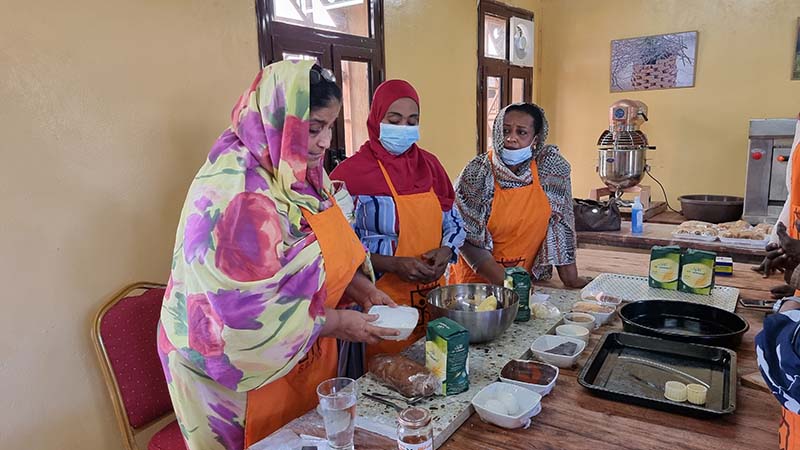
Governance
SAA’ID is governed by a Board that shapes policies and strategies, assesses advancements, and establishes priorities and budgets for the annual plan. Board members possess expertise in vocational training, small-scale business development, and community development.
Complementing the Governing Board is an Executive Board, tasked with executing the policies and programs endorsed by the Governing Board.
Heading the operations is the Director, functioning as the Chief Executive, responsible for all aspects of the Center. The Director reports to the Governing Body.
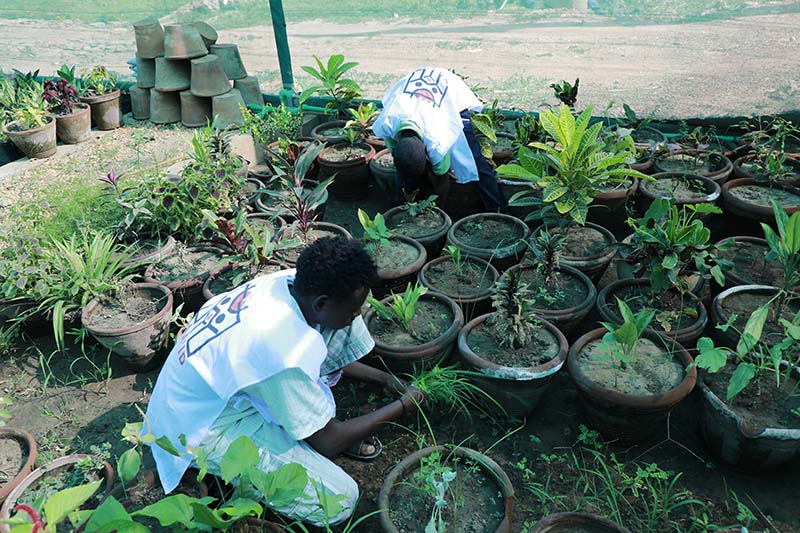
The Premises
Situated within the Mycetoma Research Centre at the University of Khartoum in Khartoum, Sudan, the facility encompasses diverse workshops, classrooms, administrative offices, a traditional bazaar, and nursery and garden areas. Designed with an eco-friendly approach, the structure incorporates locally sourced materials.

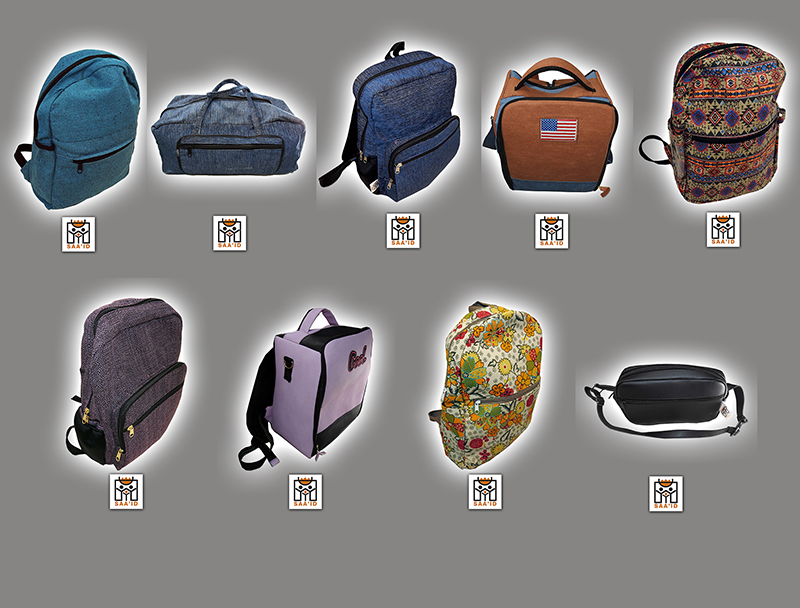
The Expected Outcome
- Individuals affected by Mycetoma, specifically youth and women, are equipped with valuable skills to address the social, psychological, and economic challenges of disability, enabling them to achieve self-reliance and secure ample income.
- The establishment of satellite centers in endemic regions is undertaken to extend the reach of support.
- Goals include the reduction of poverty, illiteracy, and stigma associated with mycetoma.
- Efforts are made to enhance public awareness not only about mycetoma but also other neglected tropical diseases (NTDs).
- The generation of funds aims to support the treatment and rehabilitation of additional mycetoma patients.
- Best practices are shared with organisations such as WHO, UNDP, UNICEF, and others to facilitate the implementation of successful experiences in combating mycetoma in other endemic countries.
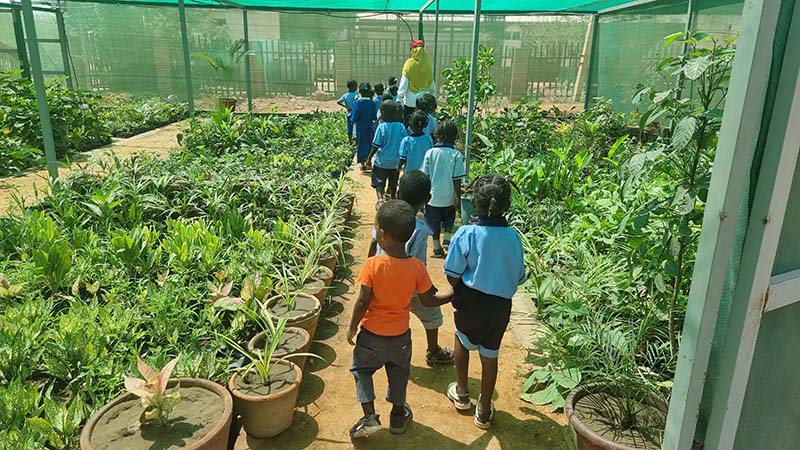
Support & Donations
The Project Donors and Supporters
- The Japanese Government (Grass root project)
- Salmil Industrial Company
- Ministry of Higher Education and Scientific Research
- University of Khartoum
- Sudan University of Science and Technology
- Soba University Hospital
- Mycetoma Research Centre
- Arc-peace – Sudan
- The Techopole, Faculty of Engineering, University of Khartoum
- The Economic and Social Bureau, Ministry of Higher Education and Scientific Research
- Institute of Environmental Sciences, University of Khartoum
Pledge A Donation
SAA’ID extends a warm invitation to those eager to assist hard-to-reach individuals and enhance our community. Whether through volunteering, making a donation pledge, or just sharing our social media accounts, your support can make a positive impact and raise awareness.
Please pledge a donation to:
The Mycetoma Patients Friends Association
Registered NGO, No. 2088, Humanitarian Aid Commission – Sudan
Khartoum, Sudan
Website: https://www.mycetoma.edu.sd/
Bank account
Bank Name: Sudanese French Bank
Bank Account: 5600-26-191219 (EUR and SDG)
Account Name: Mycetoma Patients Friends Association
Branch: Kasr Avenue-Khartoum
SWIFT code: SUFRSDKH
Tel: +249-183-771740
Contact:
Contact Phone: +249 99 907710405
Email: saaid@mycetoma.edu.sd

